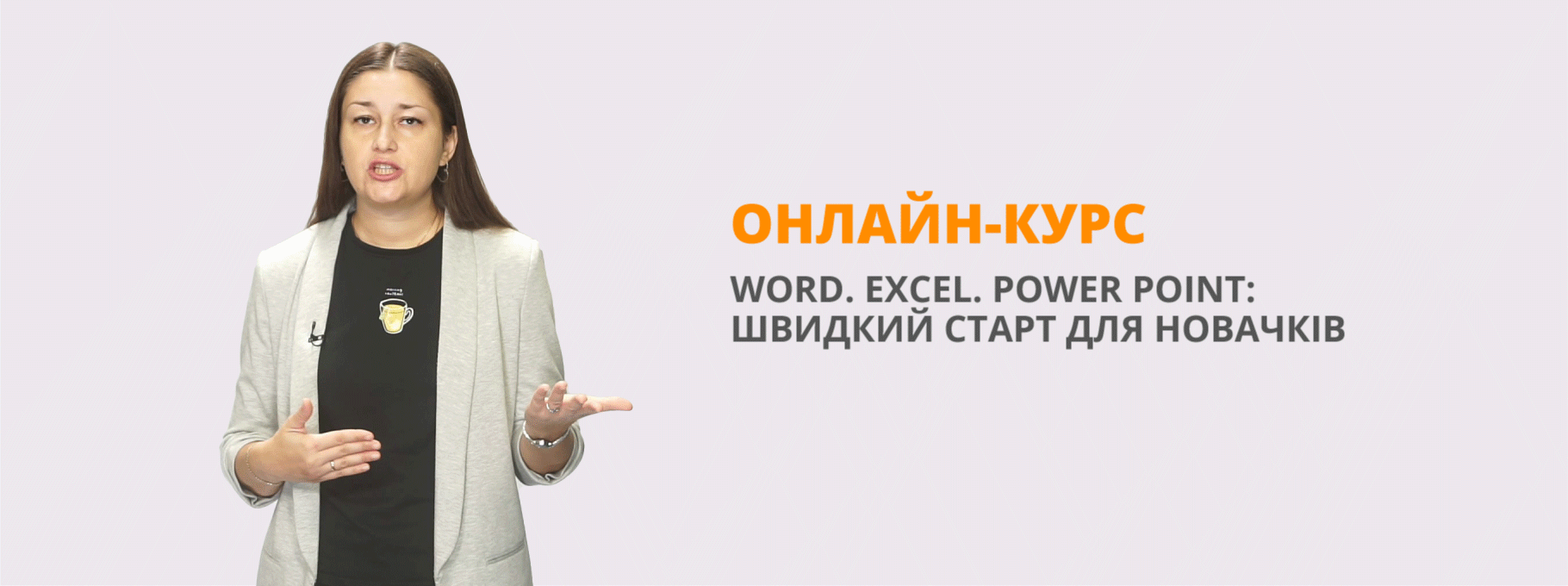Бінарне заняття зпрактичної граматики та практичної фонетики англійської мови
ПЛАН-КОНСПЕКТ
ВІДКРИТОГО БІНАРНОГО ЗАННЯТТЯ
З ПРАКТИЧНОЇ ГРАМАТИКИ
ТА ПРАКТИЧНОЇ ФОНЕТИКИ
ВИКЛАДАЧІ: ГОЛОВАНЮК В.А
ЛИТВИНЮК А.Б.
ДАТА:15.04.15
TOPIC: ENGLISH GRAMMAR AND PHONETICS ARE MY PLEASURE
Objectives:
- to practice sounds
- to revise grammar rules
- to develop students’ reading skills.
- to develop listening for gist and details.
- to practice students’ speaking skills;
- to foster students’ desire to learn English
Equipment: textbooks, handouts, cards.
The Course of the Lesson
I. The Beginning of the Lesson
Our lesson is unusual today because we’ll try to combine phonetics and grammar rules. So you’ll develop speaking skills, speech competence, practice reading for specific information, practice and develop listening skills
II. WARMING UP
To begin with let’s read the tongue twisters and pay attention to your pronunciation.
Listen to the speaker and repeat (3 times each).
- Thank the banks for the angst OR (you choose) Don’t bash ash in a flash. Pay attention to the sound [æ]
- I'm very wary of very scary films OR (you choose) Wilma virtually wishes every weekend for very wild weather. Pay attention to the sounds [w] and [v].
- There those thousand thinkers were thinking how did the other three thieves go through? OR (you choose) Not these things here but those things there. Pay attention to the sounds [θ] and [ð].
- PRACTICAL PART OF THE LESSON
Our grammar topic is to know all the rules of using tenses. I want you to go to the blackboard one by one and match tenses and their formulae.
|
Timetables/programmes |
Have+Ved |
|
Actions which happened at unstated time in the past |
Ved |
|
Emphasis on the duration of an action which started and finished in the past before another past action or a stated time in the past |
Had been + Ving |
|
Actions which will have finished before a stated future time |
Ved+Ved |
|
Actions which started in the past and continue up to the present with emphasis on duration |
Have been + Ving |
|
Action which happened at the definite time in the past – time stated, known or implied |
Was/were + Ving |
|
Plans or intentions |
|
|
Actions happening at or around the moment of speaking |
Will have +Ved |
|
Actions which happened immediately one after the other in the past |
V(s) |
|
Fixed arrangements in the near future |
Will be +Ving |
|
Changing and developing situations |
Will have been + Ving |
|
To describe the atmosphere, the settings in the introduction to a story |
To be +Ving |
|
Actions which will be in progress at a stated future time |
Had been +Ving |
|
Actions that we have arranged to do in the near future |
Will +V |
|
Actions which happened before another past action |
To be going to |
|
Predictions based on what we know |
Had +Ved |
- WRITING EXERSICES
- Transcription.
You’ll get the cards with the words that you need to transcribe and write on the blackboard.
however haʊˈevəʳ
something ˈsʌmθɪŋ
child tʃaɪld
general ˈdʒenərəl
quick kwɪk
language ˈlæŋgwɪdʒ
nervous ˈnɜ:ʳvəs
enough ɪˈnʌf
yet jet
another əˈnʌðəʳ
And now let’s do it vice versa – you’ll get the cards with the transcription and have to write the correct words.
/'sɜ:tən/ Certain
/'dɔ:tə/ Daughter
/'nju:sˌpeɪpə/ Newspaper
/ɪə/ Ear
/'flaʊə/ Flower/flour
/haɪt/ Height
/leŋθ/ Length
/'əʊʃən/ Ocean
/i:tʃ/ Each
/lɑ:f/ Laugh
- Grammar. Choose the correct answer. Read and explain your choice.


- LISTENING.
Pre-listening activity
Let’s revise the main information about the intonation in the English language. Answer my questions:
- What is an intonation? What are its main functions?
- What are the basic types of English intonation? Are there any subtypes?
- Name the peculiarities of falling intonation and types of sentences where it’s used.
- Name the peculiarities of rising intonation and types of sentences where it’s used.
Listening comprehension
Listen to the poem “Daffodils” by William Wordsworth and pay attention to the intonation of the British speaker. What type of intonation was more frequently used? In what cases the speaker uses pauses? What words are intentionally underlined in the poem? Why?
Dafodils BY WILLIAM WORDSWORTH
I wandered lonely as a cloud
That floats on high o'er vales and hills,
When all at once I saw a crowd,
A host, of golden daffodils;
Beside the lake, beneath the trees,
Fluttering and dancing in the breeze.
Continuous as the stars that shine
And twinkle on the milky way,
They stretched in never-ending line
Along the margin of a bay:
Ten thousand saw I at a glance,
Tossing their heads in sprightly dance.
The waves beside them danced; but they
Out-did the sparkling waves in glee:
A poet could not but be gay,
In such a jocund company:
I gazed—and gazed—but little thought
What wealth the show to me had brought:
For oft, when on my couch I lie
In vacant or in pensive mood,
They flash upon that inward eye
Which is the bliss of solitude;
And then my heart with pleasure fills,
And dances with the daffodils.
Post-listening activity
You’re going to listen to the poem again, line by line and write an intonation graphics on the blackboard to each line of the poem.
- Home assignment
- Summarizing
1


про публікацію авторської розробки
Додати розробку
